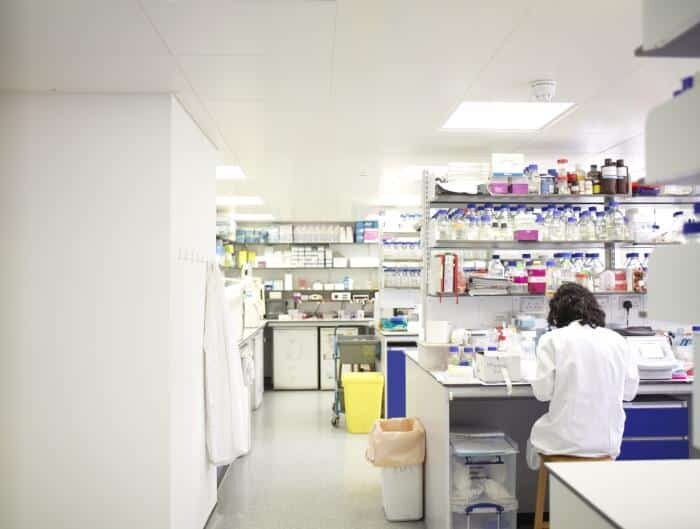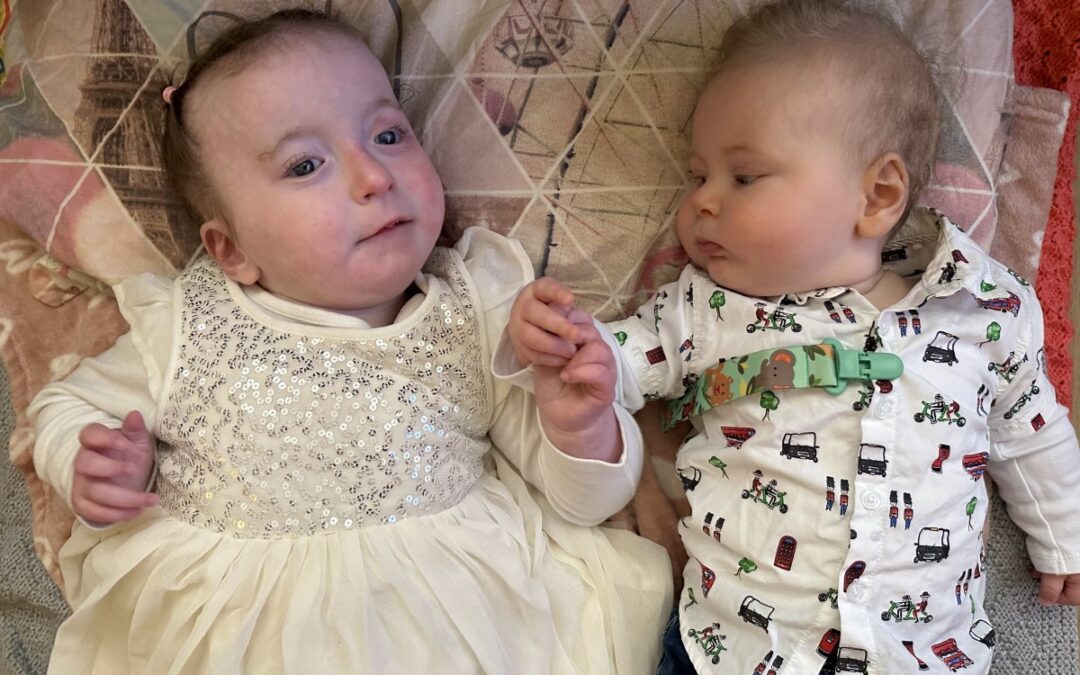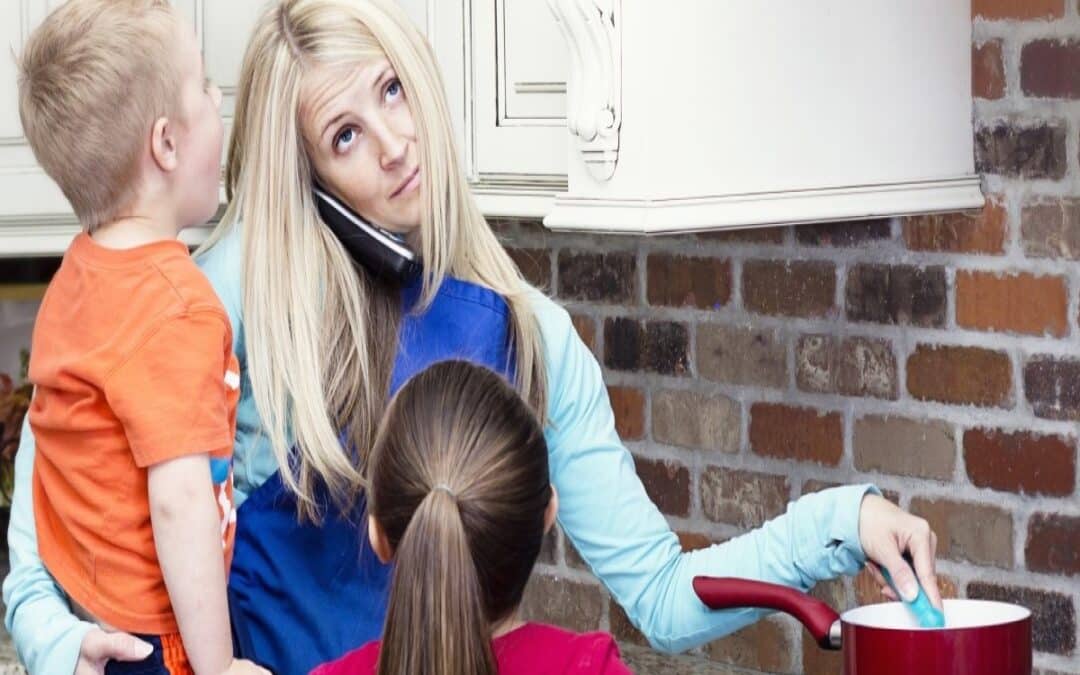
Ears and noses could be grown for transplant using a world-first technique developed at the Newlife Birth Defects Research Centre in London.
The centre hosts researchers from Great Ormond Street Hospital and University College London who have become the first to turn stem cells from body fat in the abdomen of children into living cartilage. This pioneering procedure could help young patients who are born with debilitating facial abnormalities or need reconstructive surgery following an accident.
Newlife Foundation for Disabled Children has invested more than £15million into furthering research into birth defects. The Newlife Birth Defects Research Centre was opened by HRH the Princess Royal in 2012 and offers world-class facilities to internationally-renowned researchers and scientists.
In addition, Newlife Foundation funds individual projects within the research centre, including this one led by Dr Patrizia Ferretti, Head of Developmental Biology at UCL.
Dr Ferretti said: “There has been a multi-disciplinary approach to the research and the support of Newlife Foundation for Disabled Children has been very important to the outcome.”
“The end goal is to decrease the amount of painful and invasive surgery for children. The application for this research includes children with birth defects and those, for instance, who have been disfigured by dog bites.
“We are pleased with the progress of the work – but there is still research to do to optimise the ‘scaffolding’ of such transplants to give shape and strength, improve recovery and reduce scarring.”
When facial features need to be rebuilt, surgeons traditionally take cartilage from other parts of the body to fashion the shape of a nose or ear before placing this ‘scaffold’ under the skin. This research breakthrough takes stem cells from a child’s abdominal fat and combines them with a polymer ‘nano-scaffold’, allowing the tissue to grow into the tiny holes within the polymer.
Although the transplanted ear or nose would not help with other functions like hearing or smelling, it would be biologically indistinguishable.
Dr Ferretti added: “This is just one step. We have shown proof of principle that cartilage can be made from children’s stem cells on a clinically approved biomaterial – but we haven’t yet made a complete ear with a related material that is biodegradable. However, I am hopeful we will achieve this in the not too distant future.”
This year, Newlife has committed a further £900,000 to funding pioneering medical research at leading institutions around the UK. This includes two research projects at the Newlife Birth Defects Research Centre – into the treatment of inherited blindness and known metabolic defects which may cause brain abnormalities.




